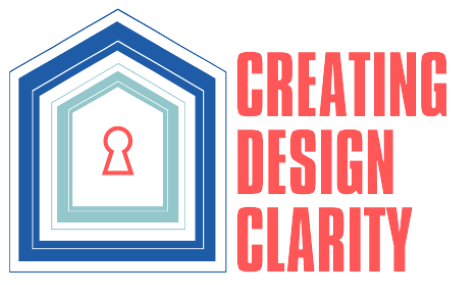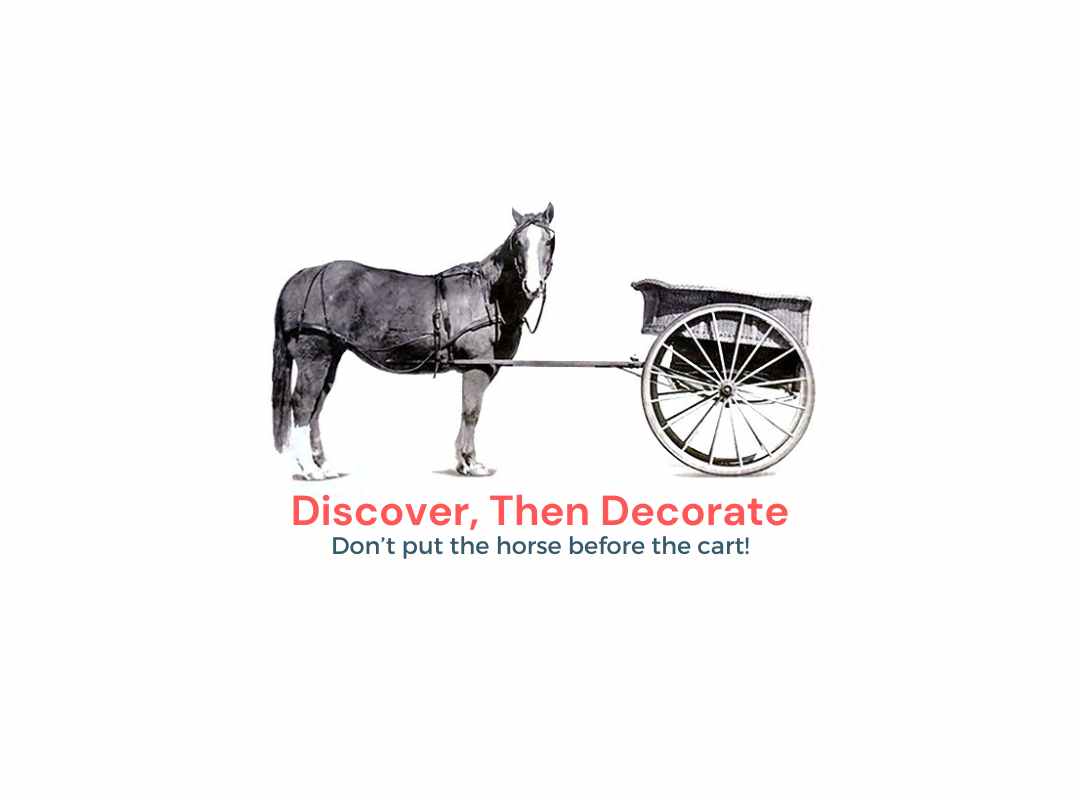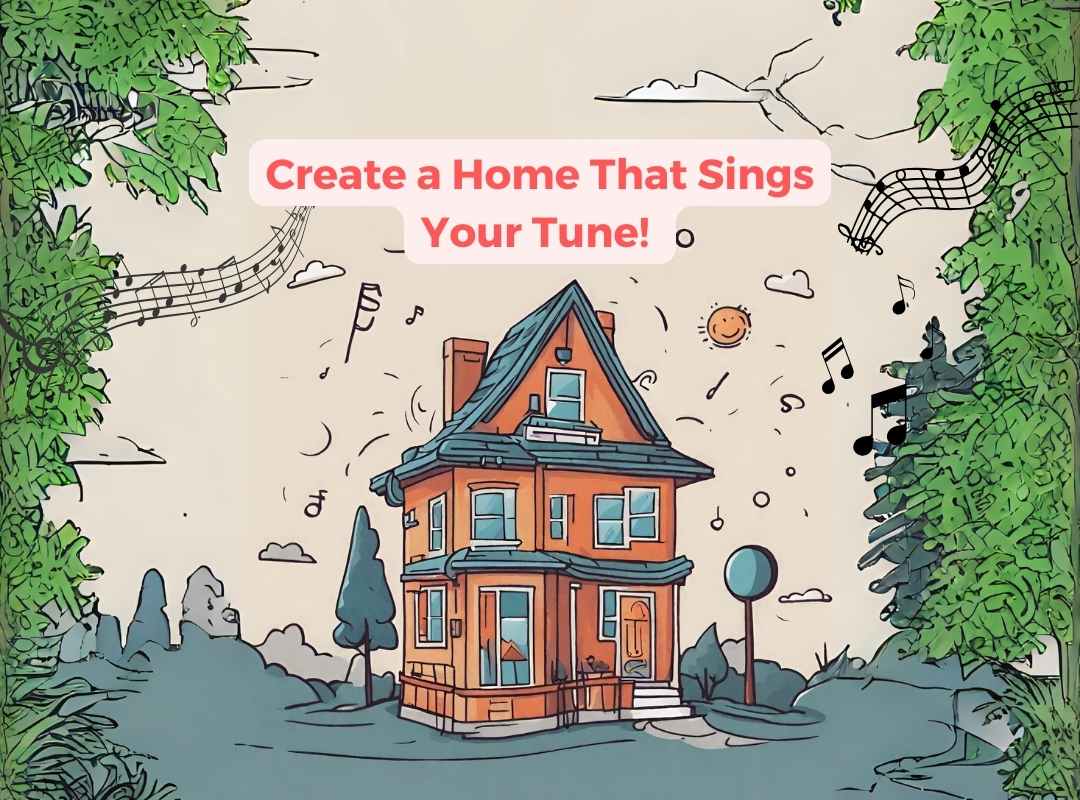Unveiling the Essence of Home Design: Balancing Trends, Biases, and Deep Needs
In the world of home design, trends and biases often influence the final outcome, sometimes overshadowing the profound understanding of the inhabitants’ needs.
Residential interior design and architecture grapple with this challenge, where flashy trends and internal biases of third-party consultants or design professionals can shape the design process.
Navigating Internal Biases:
Beyond trends, internal biases of design professionals often unconsciously shape the design journey. These biases, while unintentional, can impact the final result, making it crucial for clients to clearly express their design personality before the designer begins their creative process. Without this clarity, professionals might rely on their biases and prevalent trends, potentially missing the mark on what truly resonates with the client. This results in only 24.6% of homemakers loving their finished project. (You want to be one of them!) And, up to 29.6% of your budget is usually blown on rework. (Save your money and be happy knowing you know your style going into a big renovation.)
Client Expression: A Crucial Factor:
The key to overcoming these challenges lies in the client’s ability to clearly articulate their design personality. It’s not about right or wrong; it’s about ensuring that the client’s vision is accurately understood.
When clients can express their needs, desires, and unique essence clearly, design professionals can tailor their approach, bridging the gap between trends, biases, and the client’s deep-rooted aspirations.
The Client-Professional Collaboration:
Collaboration becomes pivotal. When clients openly communicate their preferences, it enables a synergy where professionals can merge their expertise with the client’s vision. This collaboration not only respects the client’s individuality but also ensures that the design reflects their soul, creating a harmonious living space.
Conclusion:
In the realm of residential interior design and architecture, balancing trends, internal biases, and deep needs is an intricate “dance”.
By fostering open communication and encouraging clients to express their design personality, professionals can create spaces that resonate authentically.
It’s a collaborative effort, where the client’s voice becomes the guiding light, ensuring that the final design isn’t just a reflection of trends or biases but a true embodiment of the client’s essence.
Learn how you as a design professional can intimately know your future clients’ deep-rooted needs and unconscious desires before you start any form of creative process or recommendations.
Learn how you as a DIYer or homemaker want to ensure you LOVE your finished home improvement project.
References:






